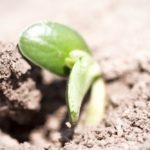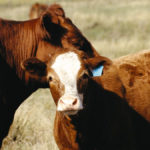New York | Reuters — After historic floods devastated Midwestern agricultural states this spring, some fund managers are evaluating how climate change will affect the long-term value of companies that make or sell products ranging from tractors to fertilizer. The issue is not simply the unpredictability of weather. Instead, fund managers say, they are struggling […] Read more













